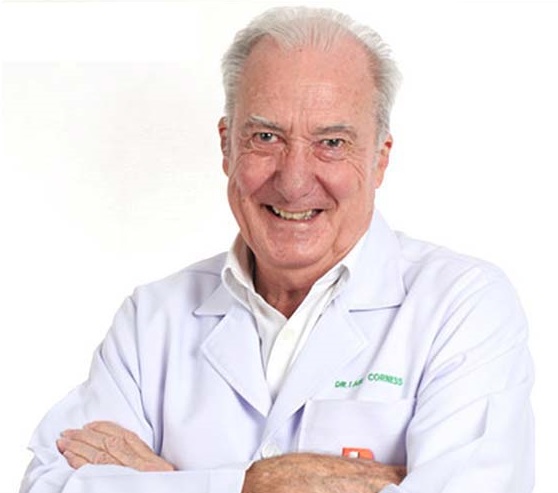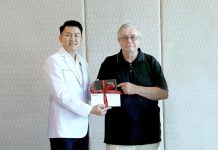 Everyone is familiar these days with the electrocardiogram, known by the acronym ECG or EKG (US style, which comes from the German spelling). This is an invaluable medical test to show the electrical conductivity of the heart, which in turn can give the doctor an idea of the health of the heart muscle itself. Many think of this as one of the newer developments in medical science, but it is not, having a history dating back to the mid-1600s.
Everyone is familiar these days with the electrocardiogram, known by the acronym ECG or EKG (US style, which comes from the German spelling). This is an invaluable medical test to show the electrical conductivity of the heart, which in turn can give the doctor an idea of the health of the heart muscle itself. Many think of this as one of the newer developments in medical science, but it is not, having a history dating back to the mid-1600s.
In 1664, Jan Swammerdam, a Dutchman, disproved Descartes’ previous mechanical theory of animal motion by removing the heart of a living frog and showing that it was still able to swim. On removing the brain all movement stopped. (This reminded me of the professor who proved that fleas heard through their legs. When he told intact fleas to jump they did – but after he removed the legs they no longer moved, proving they must have previously heard through their legs.)
Almost 200 years later, in 1856, researchers Kolliker and Muller accidentally discovered the electrical activity of the heart when a frog sciatic nerve and leg muscle preparation fell onto an isolated frog heart and both muscles contracted synchronously.
The investigation into the electrical stimulation of muscles continued, with the main stumbling block being the difficulty in measuring such small voltages. However, in 1887, Augustus Waller, working in St Mary’s Medical School, London, published the first human electrocardiogram, having recorded the electrical activity of the heart of a Thomas Goswell, a technician in the laboratory. This required not only wires, but the subject sitting with his hands in glass jars of salt solution. Waller’s electrocardiograph machine consisted of an electrometer fixed to a projector. The trace from the heartbeat was enlarged by projecting it on to a photographic plate which in turn was fixed to a toy train, to produce a graphical, moving record! Unfortunately Waller did not see the clinical application of his EKG.
Two years later, in 1889, Dutch physiologist Willem Einthoven saw Waller demonstrate his technique at the First International Congress of Physiologists in Bale. Waller often demonstrated by using his dog “Jimmy” patiently standing with his paws in glass jars of saline, and began to develop the technique further.
What Einthoven, who was working in Leiden, did was to throw away the toy train and use a different and much more sensitive string galvanometer that he had invented himself in 1901. The different wave formations could be more easily identified, and it was Einthoven who assigned the letters P, Q, R, S and T to the various deflections, and described the electrocardiographic features of a number of cardiovascular disorders, such as atrial fibrillation.
In 1909, Thomas Lewis of University College Hospital, London bought an Einthoven string galvanometer and published a paper in the BMJ detailing his careful clinical and electrocardiographic observations of atrial fibrillation. Lewis identified a fibrillating horse using the string galvanometer’s electrocardiogram recording, and then followed the horse to the slaughterhouse where he could visually confirm the fibrillating atrium.
By 1924, the EKG, in a form close to that we know today was developed by Einthoven, who that year was awarded the Nobel Prize in Medicine for his discoveries.
Since then, the EKG has become even more sophisticated, and the equipment much smaller in size. However, it was not until 1963 that we began to carry out EKGs while making the heart work. This exercise ECG concept was promoted by Robert Bruce and colleagues to describe their multistage treadmill exercise test later known as the Bruce Protocol. “You would never buy a used car without taking it out for a drive and seeing how the engine performed while it was running, and the same is true for evaluating the function of the heart,” he is rumored to have said. And of course he was quite correct, and the Exercise Stress Test EKGs are important features in modern cardiac diagnosis.
So where does the famous spy Mata Hari come in? Mata (1876-1917) lived in Leiden as a young girl when Einthoven (1860-1927) was doing his experiments there. Who knows, she might have electrically stimulated young Willem as well as her other later exploits which led her to the firing squad!




